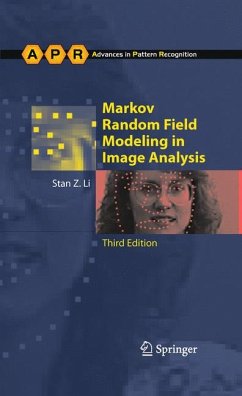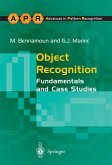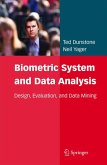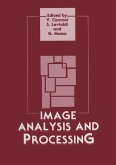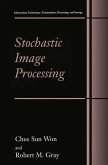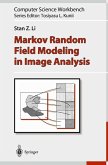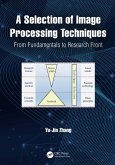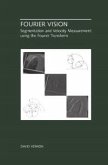This detailed and thoroughly enhanced third edition presents a comprehensive study / reference to theories, methodologies and recent developments in solving computer vision problems based on MRFs, statistics and optimization. It treats various problems in low- and high-level computational vision in a systematic and unified way within the MAP-MRF framework. Among the main issues covered are: how to use MRFs to encode contextual constraints that are indispensable to image understanding; how to derive the objective function for the optimal solution to a problem; and how to design computational algorithms for finding an optimal solution.
Easy-to-follow and coherent, the revised edition is accessible, includes the most recent advances, and has new and expanded sections on such topics as: Conditional Random Fields; Discriminative Random Fields; Total Variation (TV) Models; Spatio-temporal Models; MRF and Bayesian Network (Graphical Models); Belief Propagation; Graph Cuts; and Face Detection and Recognition.
Features:
. Focuses on applying Markov random fields to computer vision problems, such as image restoration and edge detection in the low-level domain, and object matching and recognition in the high-level domain
. Introduces readers to the basic concepts, important models and various special classes of MRFs on the regular image lattice, and MRFs on relational graphs derived from images
. Presents various vision models in a unified framework, including image restoration and reconstruction, edge and region segmentation, texture, stereo and motion, object matching and recognition, and pose estimation
. Uses a variety of examples to illustrate how to convert a specific vision problem involving uncertainties and constraints into essentially an optimization problem under the MRF setting
. Studies discontinuities, an important issue in the application of MRFs to image analysis
. Examines the problems of model parameter estimation and function optimization in the context of texture analysis and object recognition
. Includes an extensive list of references
This broad-ranging and comprehensive volume is an excellent reference for researchers working in computer vision, image processing, statistical pattern recognition and applications of MRFs. It is also suitable as a text for advanced courses relating to these areas.
Dieser Download kann aus rechtlichen Gründen nur mit Rechnungsadresse in A, B, BG, CY, CZ, D, DK, EW, E, FIN, F, GR, HR, H, IRL, I, LT, L, LR, M, NL, PL, P, R, S, SLO, SK ausgeliefert werden.
Hinweis: Dieser Artikel kann nur an eine deutsche Lieferadresse ausgeliefert werden.
"Prof. Li's book ... provides a comprehensive introduction to the area of MRF in general and to its applications in image processing in specific. ... is very well written with a plethora of references for the reader that wants to delve further into specific areas. ... In conclusion, this book is very thorough, both in a mathematic and a descriptive manner. Anyone interested in image processing and its applications ... can benefit from the variety of provided examples and its wide range of references." (Apostolos Georgakis, IAPR Newsletter, Vol. 31 (4), October, 2009)
"This book elegantly and effectively elaborates on MRF theory and related topics. Each chapter includes the problem definition, related mathematical formulation and method explanations, and very useful examples. ... This is an excellent book on MRF theory for image analysis. Researchers and graduate students will find this book very useful for understanding the theory clearly." (Fatih Kurugollu, ACM Computing Reviews, November, 2009)

